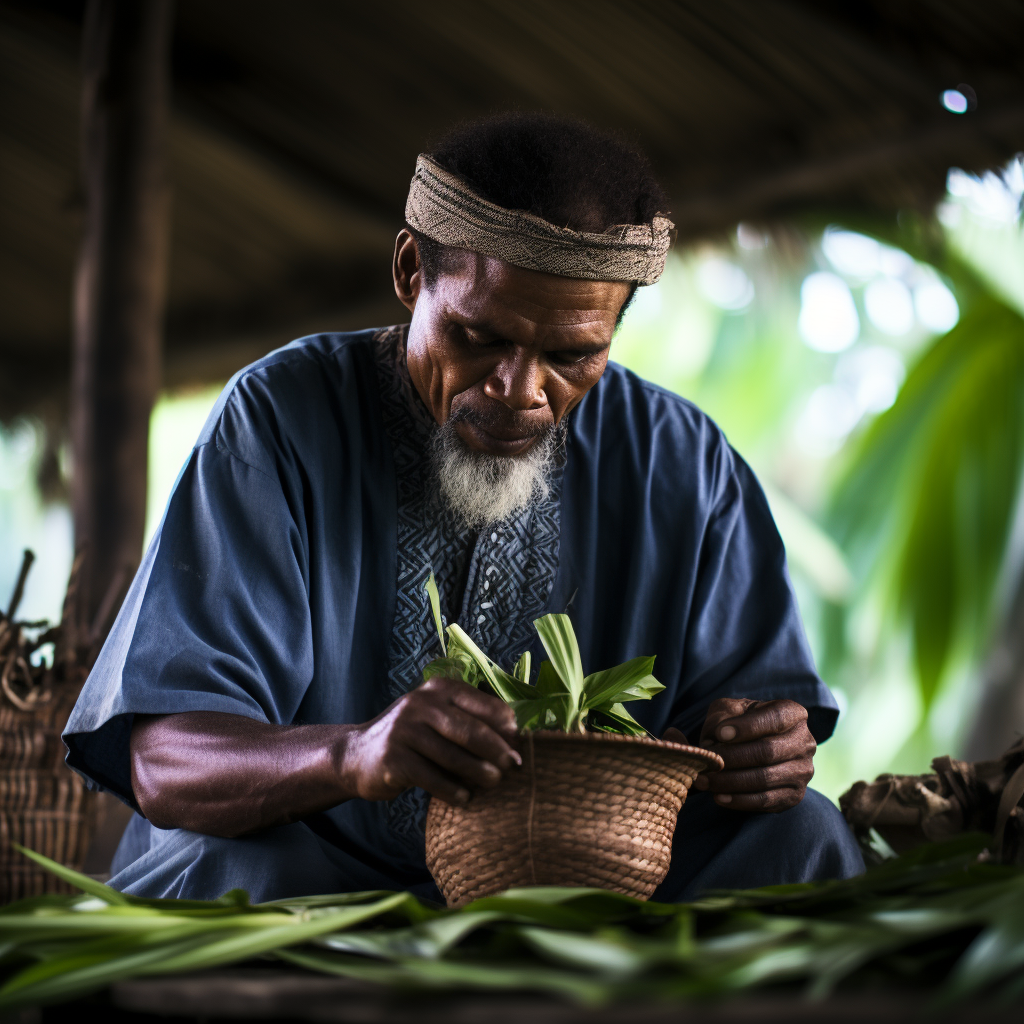Introduction:
Welcome to our blog where we delve into the fascinating world of Kava, a unique plant native to the South Pacific Islands. In this article, we will uncover the origins, history, and cultural significance of Kava, a ceremonial beverage that has been cherished by Pacific Island communities for centuries. Join us on this journey as we explore the traditions, benefits, and rituals associated with this beloved drink.
1. Understanding Kava:
Kava, scientifically known as Piper methysticum, is a tropical plant that thrives in the lush, volcanic soils of the South Pacific Islands. Its roots are harvested and processed to create a drink known for its relaxing and calming effects. Kava has been a central part of Pacific Island cultures, with its consumption often associated with social gatherings, ceremonies, and traditional rituals.
2. Origins and Cultural Significance:
Kava’s origins can be traced back thousands of years to the islands of Vanuatu, Fiji, Tonga, and Samoa. These regions are considered the heartland of Kava cultivation and consumption. The plant holds immense cultural significance within these communities, often symbolizing unity, hospitality, and spiritual connections. Kava ceremonies serve as a way to honor ancestors, celebrate important events, and foster community bonds.
3. Historical Significance:
Kava’s history is deeply intertwined with the social fabric of Pacific Island societies. It is believed that Kava was first domesticated and cultivated by ancient Polynesians, who recognized its medicinal and ceremonial properties. Over time, Kava gained popularity and spread across different island nations, adapting to local customs and traditions.
4. Rituals and Traditional Practices:
Kava ceremonies are an integral part of Pacific Island culture, showcasing the respect and reverence people have for this sacred plant. The rituals surrounding Kava consumption involve the preparation of the drink, which is then shared among participants in a communal setting. The ceremony often includes prayers, chants, and the passing of the Kava bowl as a symbol of unity and friendship.
5. Modern Uses and Global Recognition:
In recent years, Kava has gained recognition beyond the Pacific Islands, becoming popular in wellness and social circles worldwide. Its soothing effects and potential health benefits have attracted attention, leading to the emergence of Kava bars and the availability of Kava supplements in various forms. However, it is important to source Kava responsibly and ensure its quality and authenticity.
Conclusion:
Kava’s journey from a traditional ceremonial drink to a global phenomenon is a testament to its cultural significance and unique properties. As we explore the origins and history of Kava, we gain a deeper appreciation for the traditions and customs associated with this remarkable plant. Whether you’re curious about its cultural heritage or seeking a natural way to unwind, Kava offers a glimpse into the rich tapestry of Pacific Island cultures and their timeless traditions. Here at RAD Kava Bar, we incorporate tradition and modern recipes to help make your experience original, and relaxing.


